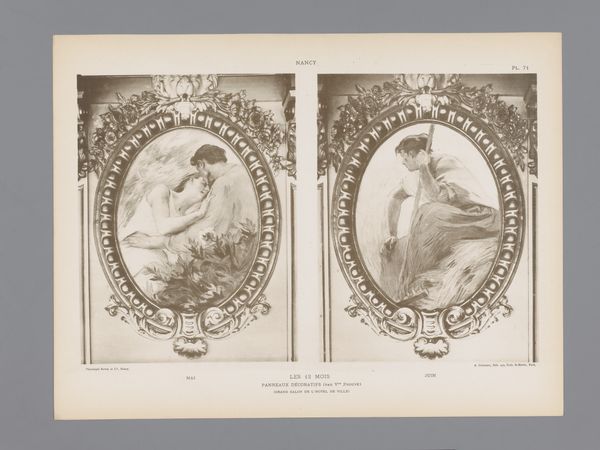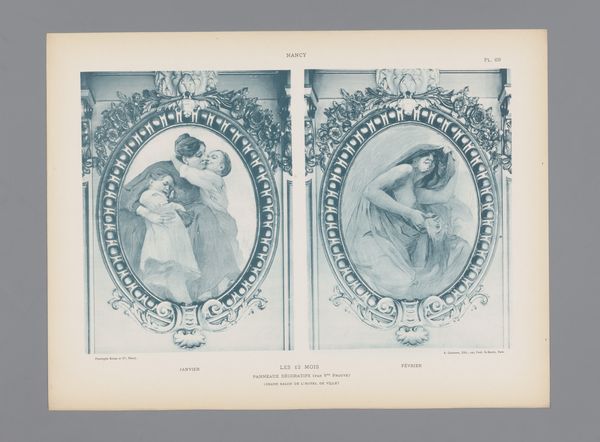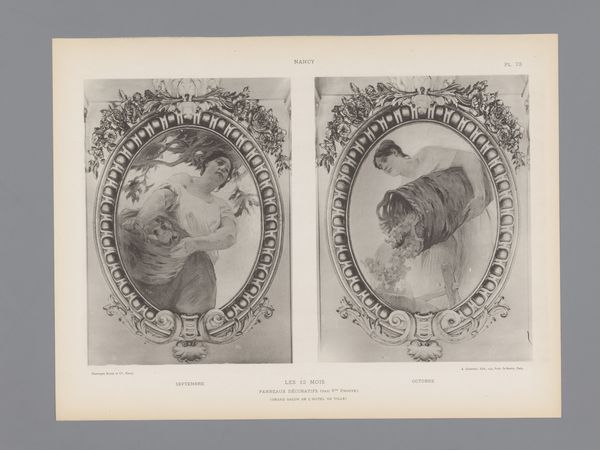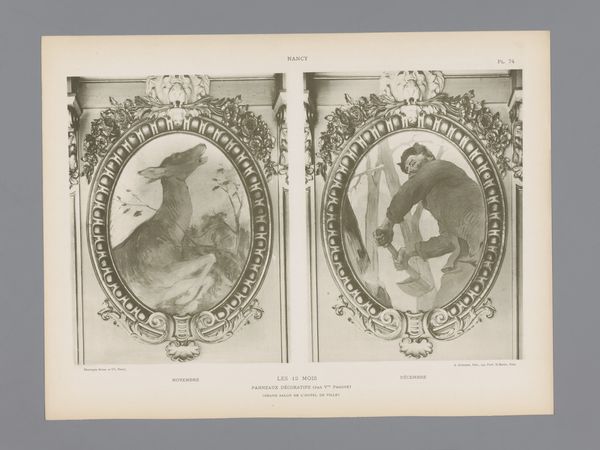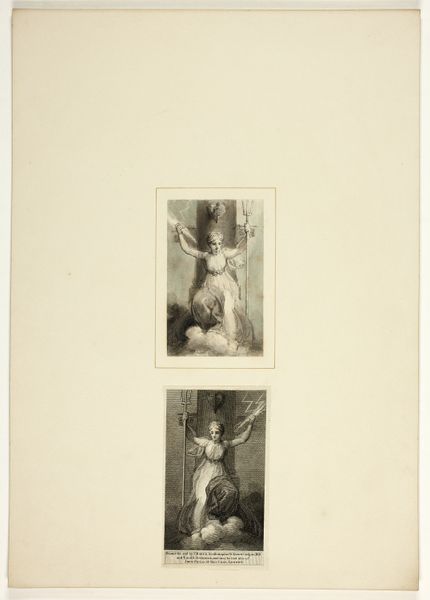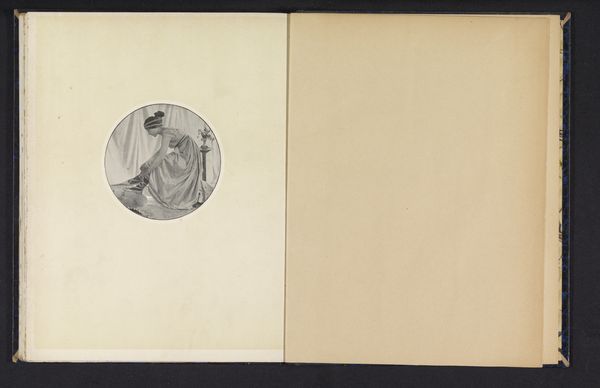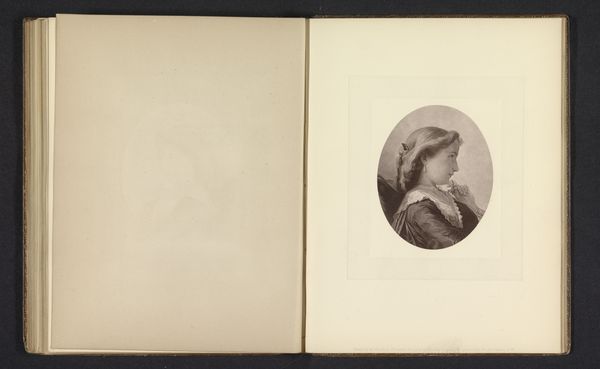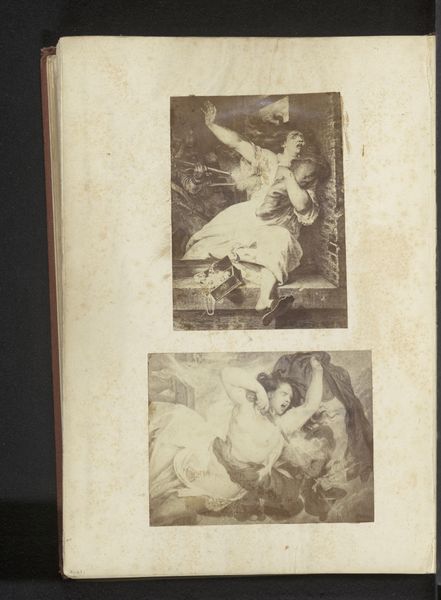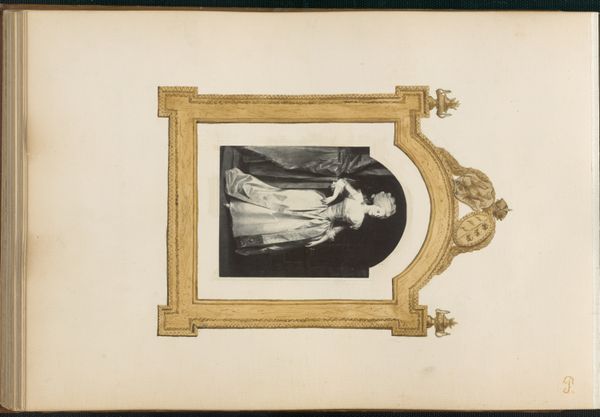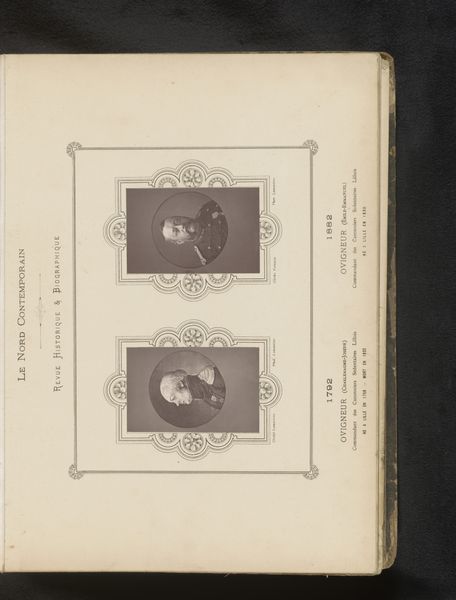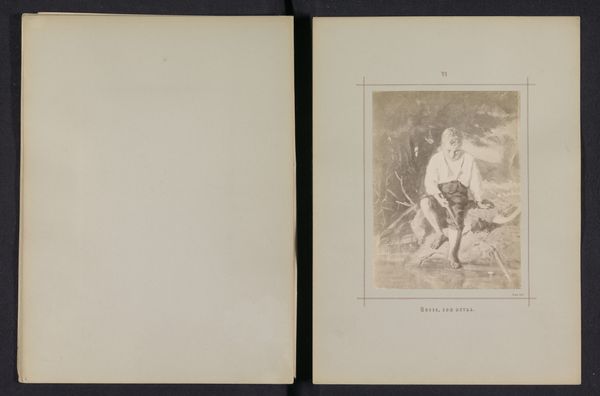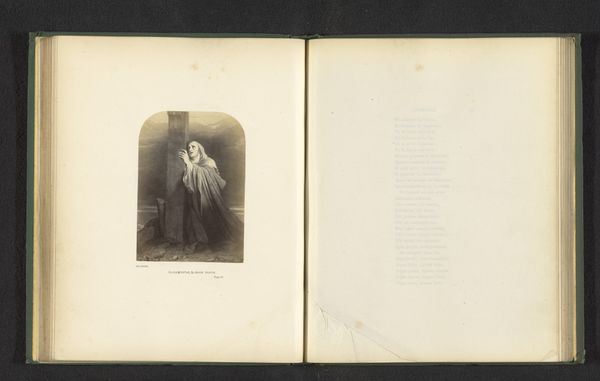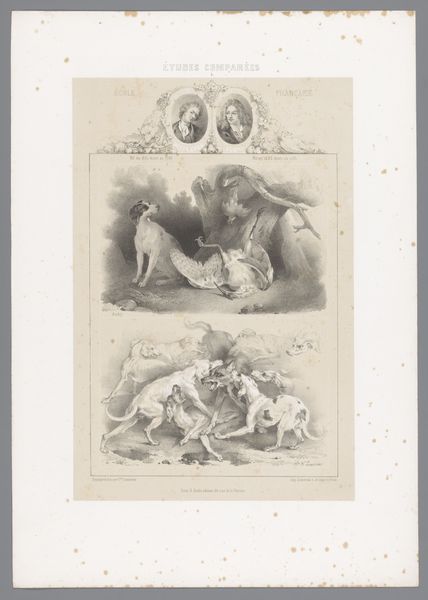
Twee panelen met representaties van juli en augustus in het stadhuis te Nancy before 1896
0:00
0:00
print, engraving
#
allegory
# print
#
landscape
#
history-painting
#
academic-art
#
nude
#
engraving
#
realism
Dimensions: height 298 mm, width 401 mm
Copyright: Rijks Museum: Open Domain
Curator: Here we have "Twee panelen met representaties van juli en augustus in het stadhuis te Nancy," translated, that's "Two panels with representations of July and August in the town hall of Nancy." Created before 1896, these engravings offer an intriguing glimpse into academic art and its allegorical tendencies. Editor: You know, they’re really evocative, even in monochrome. They feel both heroic and weary somehow – a quiet dignity hangs over them. Curator: The artist utilizes a strong realism, which underscores a romantic, idealized vision of labor. We see figures who are clearly allegorical representations of summer months – specifically July and August, essential months for agriculture. Notice the ornate frames around each panel; how do they speak to you? Editor: Gilded cages of time, almost! Encapsulating these archetypal workers, trapping the never-ending summer in a loop. The left one—that harvester in July, bending to the golden field, he’s almost sculptural, isn't he? Very Michelangelo-meets-mowing. And August, toweling off… Curator: Right, that classic academic portrayal, a nude figure resting after labor. Given that these prints were made before 1896 for the town hall, think about their function. How might images of laborers contribute to the civic identity being constructed? It also reminds me a bit about discussions on bodily autonomy for laborers; this depiction might have deeper connections to labor movements… Editor: The bare, classical hero after the work; maybe meant to show citizens of Nancy, that honest, strong, bodies fuel the community. I keep circling back to that weary yet regal mood! You see it too? Like, these people are mythic but relatable, which is neat for prints made for display in a public place! Curator: Exactly, this melding of the everyday with the allegorical elevates labor but maybe even silences any critique, in a way it makes work something like destiny? That intersectionality between high art, allegory and lived experiences is something I am interested in. Editor: Definitely given me food for thought on old bodies working! I think next time July rolls around, I might remember the hunched glory of this harvest hero here. Curator: For me too! Considering labor in Nancy in the 19th century changes how I see these men in their frames.
Comments
No comments
Be the first to comment and join the conversation on the ultimate creative platform.
